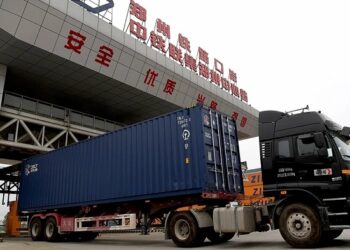Restaurant occupancy is the maximum number of people that can safely be in a restaurant at one time. Calculating occupancy correctly is important for ensuring safety, complying with building codes, and maximizing the potential of your business.
What is Restaurant Occupancy?
Restaurant Occupancy is determined based on several factors, including the size of the space, the number of tables and chairs, and the type of guests being served. It is important to keep in mind that occupancy is not just a matter of comfort, but is directly related to providing a safe environment for guests and staff.
Every restaurant or cafe has a maximum number of people that can be in the premises at one time without compromising safety. This value is regulated by various building codes, and exceeding it can result in fines, penalties, and even the threat of closure.
How to Calculate Restaurant Occupancy?
Correctly calculating the occupancy of your restaurant is the key to effectively managing space and increasing profits. Start by accurately measuring the total square footage of your restaurant, including the front room, kitchen, bar area, and restrooms. Remember that the area available for seating is critical to the calculation. Consider the size of tables, the distance between them and the overall comfort of guests.
For this, you can use standards that recommend leaving 60 to 75 cm for each guest at the table to ensure sufficient space. According to building codes, there should be a certain number of people per square meter of space. This number varies depending on the type of space and its functional purpose. For example, for a common area in a restaurant, up to 2 people per 1 m² may be recommended. Important factors for the calculation are the location of entrances and exits, evacuation routes, as well as the presence of bars, kitchens and other work areas that also occupy space. All this must be taken into account to properly distribute people throughout the space. It is important that the occupancy calculation complies with all legal and building codes. This includes compliance with safety standards such as the number of evacuation exits, ventilation and the presence of fire exits. Understanding occupancy helps in managing reservations, which improves the convenience of both guests and employees of the establishment.









